Corita Kent: How a Nun Became a Revolutionary Pop Artist
Her art asserted joy in a difficult political climate.
Listen and subscribe on Apple Podcasts, Spotify, and all major podcast apps.
Amanda McGowan: Picture a college campus in Southern California in the 1960s. Here is what comes to mind for me. I’m picturing kids with long hair, wearing flower crowns, playing music, protesting, and talking about peace and love. Well, I’m currently looking at a real photo of a college campus in Southern California in 1964, and it really does look like that. This is Immaculate Heart College in Los Angeles.
Nellie Scott: People think that they’re protesting because they’re holding these signs and walking and singing and all of the things that we would think of in the late ’60s as like California culture or counterculture.
Amanda: But there is one major difference. A lot of people in this photo are wearing habits, so the head-to-toe black and white uniforms that nuns wear, because a lot of people in this photo are nuns. Yeah, this hotbed of California counterculture was a school run by nuns. The head of this parade was also a nun. Her name was Sister Mary Corita, also known as Corita Kent. She was a teacher and an artist. Her work has this really unique style. It’s super colorful, super pop art with images from brands and advertisements and kind of enigmatic slogans, a little bit of the sacred and a little bit of the profane. And in the 1960s, Corita’s art made her very famous.
Nellie: She was on the cover of Newsweek. She was truly the poster child for the nun going modern.
Amanda: But it also got her into a lot of trouble. In fact, the Catholic Church basically ended up shutting this entire scene down and forcing Corita to choose between her life as a nun and her life as an artist. I’m Amanda McGowan and this is Atlas Obscura, a celebration of the world’s strange, incredible, and wondrous places. Just recently, in the last few months, a brand new art center has opened up in downtown LA dedicated to the work of Corita Kent. And it seems to me that what she was doing back in the 1960s speaks pretty perfectly to our own times. We will meet LA’s hippie nun.
This is an edited transcript of the Atlas Obscura Podcast: a celebration of the world’s strange, incredible, and wondrous places. Find the show on Apple Podcasts, Spotify, and all major podcast apps.

Amanda: When I got on a call recently with Nellie Scott, who is the new head of the Corita Art Center, I had sort of a chicken or an egg question for her, which was, what came first for Corita Kent? Becoming an artist or becoming a nun? Because to me, I don’t know, this seemed like kind of a surprising combo.
Nellie: I know, what a juicy story. It’s so cinematic. People definitely are attracted or find this sense of a rebel nun very novel and intriguing, but she’s so much more than that.
Amanda: As it turned out, for Corita, the art came first. She loved making art from a young age, and the center even has some of her work from high school. But then, when she was 18, she enrolled in a religious order that was located pretty close to where she grew up in LA. It was called the Sisters of the Immaculate Heart.
Nellie: She kept that decision very close to the chest to everyone. She surprised her family and friends when she announced that she would be joining the order.
Amanda: But Nellie pointed out to me that Corita was graduating during the Great Depression, and there were just not many options for women at the time, especially if you wanted to continue with your education. So it was a time when lots of women who didn’t want to become housewives became nuns.
Nellie: This was a pathway for her passions.
Amanda: Corita got her bachelor’s at Immaculate Heart College, which was run by her order, and then she went on to get her master’s at USC. And it was around this time that she discovered the medium that she would do most of her most famous work in: screen printing.
Nellie: So she sends away for a do-it-yourself screen printing kit because, of course, it’s Corita. And there’s great stories of her going into the bathroom at USC and, like, printing on paper towels.
Amanda: At first, Corita made art with pretty explicitly religious themes and images. So imagine pictures of, like, Jesus, Mary, and Joseph. She’s putting her own spin on it, her own style, but, you know, the kind of stuff that you would expect to see on a Christmas card. And she actually did make Christmas cards and stuff like that. So, sounds somewhat tame, right? But even this apparently raised some eyebrows among the leadership of the Catholic Church in California.
Nellie: By the late ’50s, she starts receiving letters from the local archdiocese here in LA actually asking, you know, they had some choice words about their opinion on her artwork.
Amanda: The cardinal apparently called Corita’s work, “disturbing and scandalous.” And I’m just putting myself in her shoes for a minute. I mean, if I was a nun in the ’60s and the cardinal said that my work was basically blasphemous, I might have considered laying low for a while. And maybe Corita considered that too. But she actually did not stop making art. She just decided that she was going to change her approach. In the late ’50s and early ’60s, there was this new movement in art that was kind of shaking up the scene. It was called pop art. And the idea was artists would use images that the public would know in their work. So things from ads and pop culture and celebrities and things like that. Andy Warhol is probably the example of the pop artist. I mean, picture his Campbell’s soup cans or his images of Marilyn Monroe. So that’s all kind of swirling around in the background.
Nellie: And then a grocery store opens up across the street and next to her studio.
Amanda: Put these elements together and you get one of Corita’s first pop art works. It’s inspired by Wonder Bread, specifically the Wonder Bread bright, colorful packaging with all the dots on it. And in 1962, Corita makes this print called Wonder Bread that is just 12 beautiful, colorful dots.
Nellie: You can enjoy this as a beautiful object. But if you are of faith and you are looking at that Wonder Bread piece, you may see the 12 apostles there. And so the lines begin to blur between, how can the ordinary be extraordinary?
Amanda: Corita also started using text a lot in her work, like she would bring in ad slogans or headlines from the newspaper. And she also started pointing more specifically to social issues, things like poverty, inequality, civil rights, and later on in the ’60s, phrases like “stop the bombing” and text about the Vietnam War. And beyond just her own art, at Immaculate Heart College, Corita was now head of the art department. So the college had this annual thing called Mary’s Day, which was this day to honor the Virgin Mary. And apparently it had been this sort of old school, serious affair. And Corita decided that she wanted to update this.
Nellie: The idea being that they would center these social justice issues, poverty and world hunger. And the idea being that as an order, that if Mary was alive today, she would very much care about the things that brought her son to this earth. And that if Mary was alive today, she would wear orange and she’d go grocery shopping and she would smile and laugh and she would very much be a human.
Amanda: The new Mary’s Day took the form of a sort of joyful protest/celebration. So the nuns and students went across the street to the grocery store to get cardboard, to make big signs to put around campus and to march around with. They had slogans that said things like “peace,” “give us this day our daily bread,” “God likes me.” They played guitar. They danced around in circles. It was all kind of bacchanalian.
Nellie: What they’re trying to do there is build this bridge and say that a revolution—you must include joy.
Amanda: So this was really cutting edge stuff. And the college started to attract a lot of attention. Famous artists and thinkers of the day started stopping by to give workshops. People like Ray and Charles Eames, the furniture designers, Buckminster Fuller, the architect, John Cage, the composer, and Corita herself also became a celebrity. In 1967, she was on the cover of Newsweek magazine, sort of the poster girl of the modern nun. But as you may remember, there were some powerful figures in the Catholic Church in LA who did not like it even when Corita was making Christmas cards of the baby Jesus. So as you can imagine, they were not liking this whole situation. And just as a bit of a brief aside, there was a lot of other activity going on at Immaculate Heart at the time. In fact, the nuns basically had a labor dispute going on because they were sick of teaching for free. They wanted more control over their time. They wanted more freedom in how to express themselves. They didn’t want to wear the habits anymore. And the archdiocese did not like any of that either. That plus Corita’s art was like the final straw. So they gave the sisters an ultimatum: fall in line or leave. Corita had to decide if she wanted to stay a nun or keep making the art that she wanted to make.
Nellie: She goes on sabbatical in 1967 and 1968. And ultimately, you know, she does step away. She does seek dispensation from her vows, does leave the religious life.
Amanda: Corita did decide to leave the order and she moved to Boston where she made a living as an artist for the rest of her life. And actually, if you spend any time in Boston, you have almost definitely seen at least one example of her work. So if you’re coming into the center of town from the south through the Dorchester neighborhood, there’s this huge water tank or tower looking structure on the side of the highway. It’s covered with these big colorful slash marks. And that is actually a piece by Corita Kent. It’s called Rainbow Swash. And Corita was not the only nun from her order to leave. Around 300 other sisters made the same choice and they actually banded together and formed their own community outside of the church called the Immaculate Heart Community. And it’s still going strong to this day 50 years later. Sadly, Corita died of cancer in the 1980s. And when she died, she left her unsold works and copyrights to the Immaculate Heart Community. And this community kept her work in the public eye however they could, even though it wasn’t always super glamorous.
Nellie: We were located and kind of sequestered in a hallway co-located on a high school campus.
Amanda: The last year, the Corita Art Center spun off from this community as its own non-profit. And now it has this new physical space in downtown LA. And they’re experimenting with all these ways to get Corita’s art out in the world. They distribute free art kits. They make it free to visit the museum, things like that. And I’ll just speak for myself for a second and say that learning about Corita and her work has felt very soothing and also at the same time very fortifying. But her focus on joy and being present and caring for her community, it’s a message that I just personally really like right now. I mean, I don’t have to tell you, we live in scary times. And actually the day that Nellie and I spoke over Zoom, the National Guard was actually being sent to downtown LA right next to their art center because of all the protests going on.
Nellie: We have, of course, a lot happening right now as we speak. Truly, there are helicopters above us. We are located downtown LA. We are not well as a whole, as a large community. We are not well. We have an epidemic of isolation. How do we bring people together? How do we gather? How do we kind of take that Mary’s Day spirit and go, there is joy here when we are together and when we lift each other up?
Amanda: I can dig that. Or maybe I should say, amen. The Corita Art Center is open to the public on Saturdays. It is totally free to visit. You just have to make a time reservation online before you go. And if you’re into this topic, I really recommend this documentary from a couple years ago. It’s called Rebel Hearts. It’s all about the Sisters of the Immaculate Heart and Corita and sort of their butting heads with the church. It’s really, really interesting. I am also going to include a link to Corita’s Rules for Creativity. This is this awesome list that she had posted in her classroom at Immaculate Heart College. It’s cool. Check it out.
Listen and subscribe on Apple Podcasts, Spotify, and all major podcast apps.
Our podcast is a co-production of Atlas Obscura and Stitcher Studios. The people who make our show include Dylan Thuras, Doug Baldinger, Camille Stanley, Johanna Mayer, Manolo Morales, Alexa Lim, Casey Holford, and Luz Fleming. Our theme and end credit music is by Sam Tyndall.



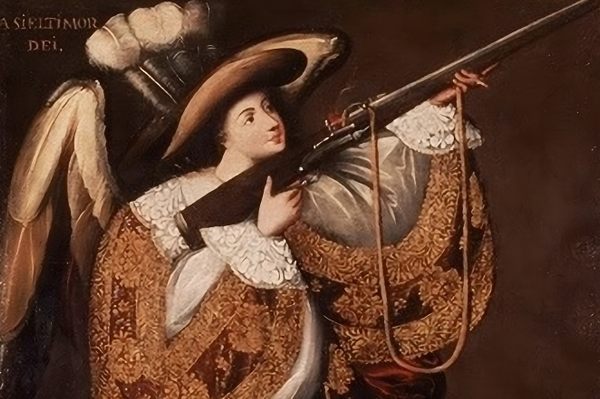
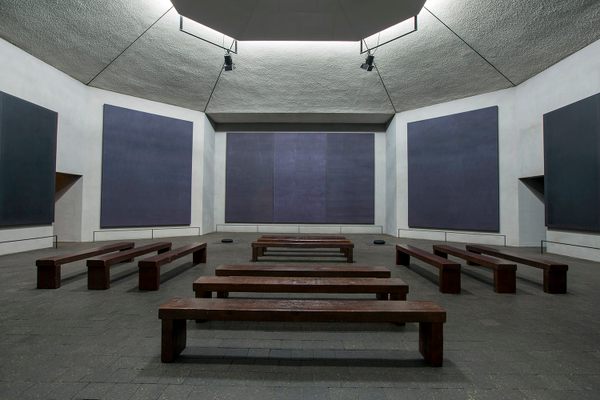
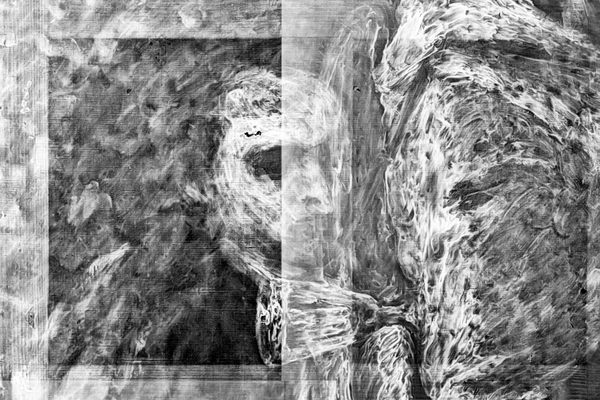
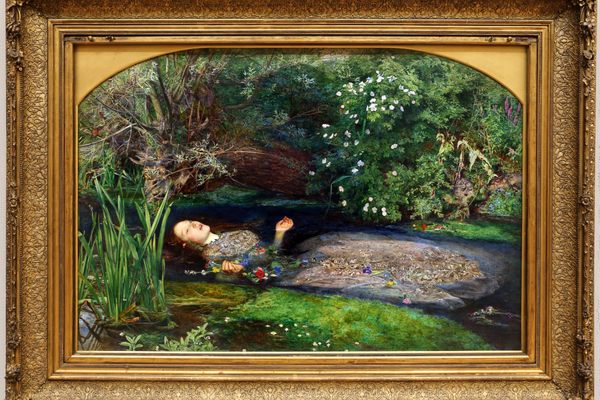
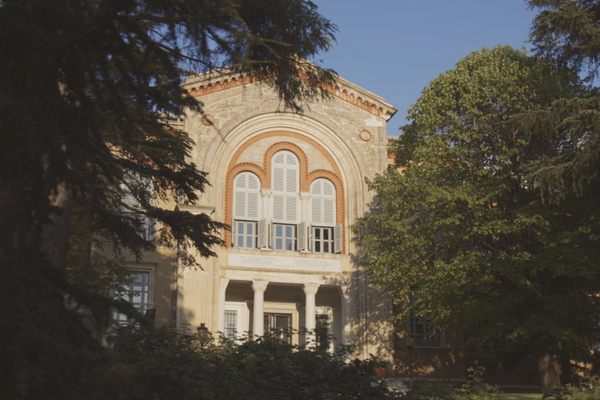
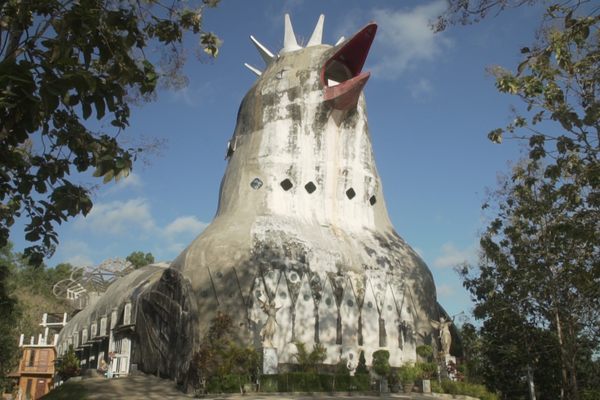



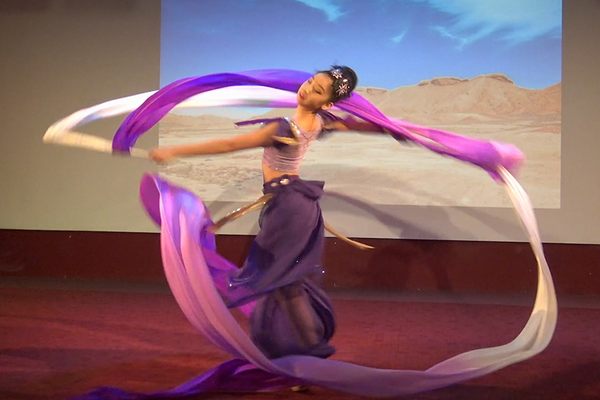
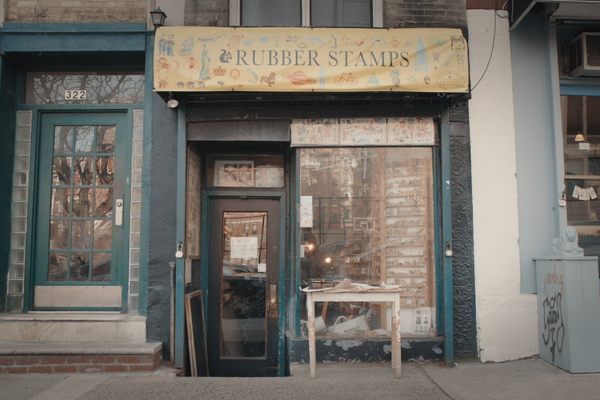



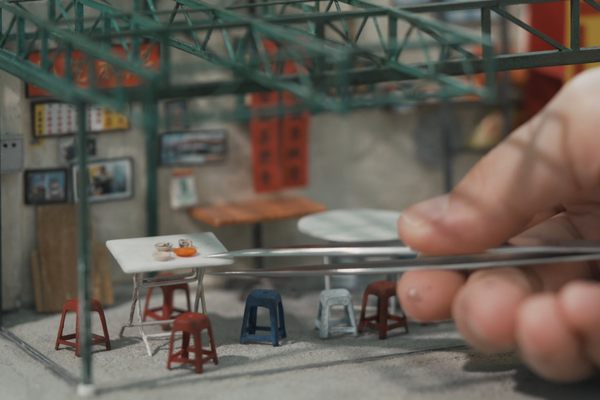

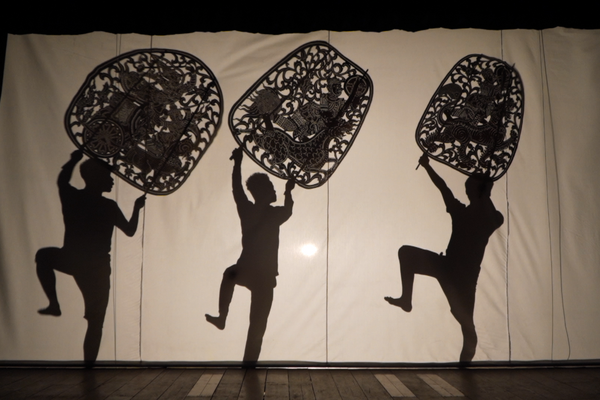




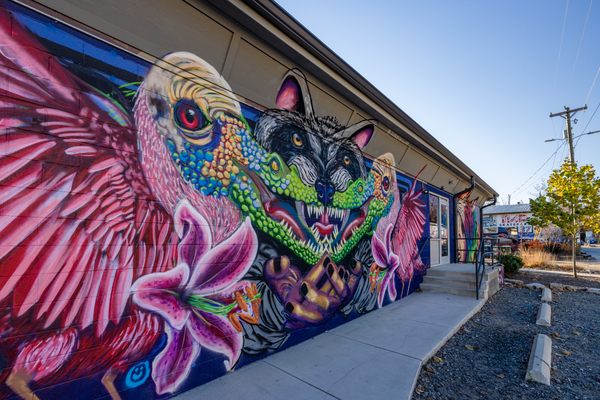
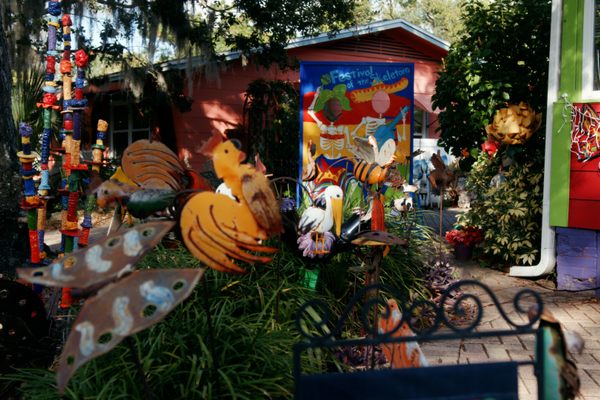

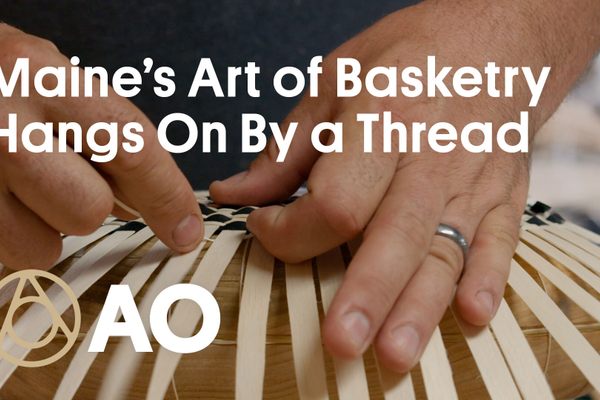


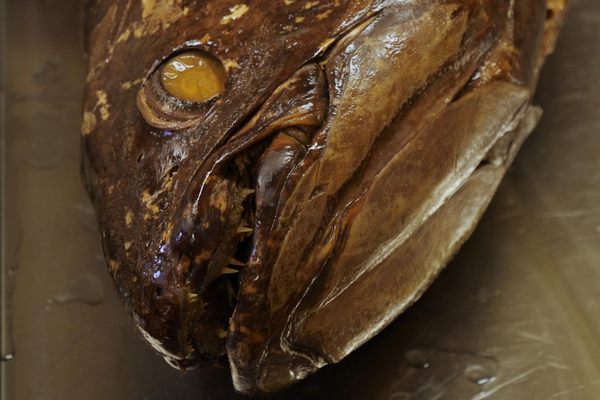

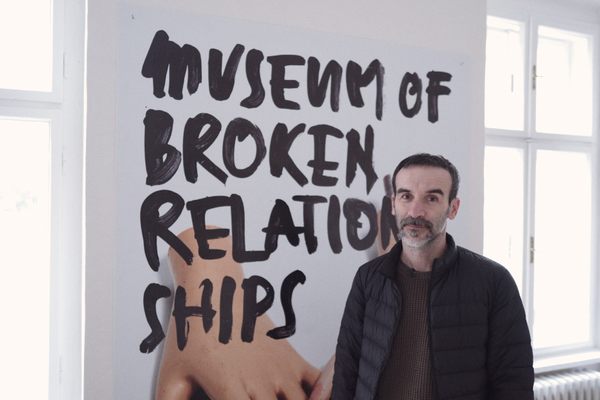
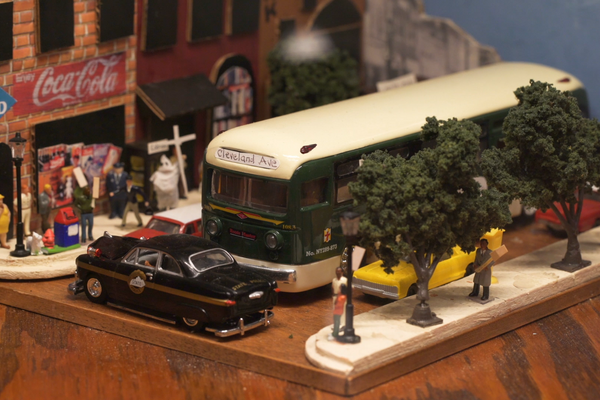




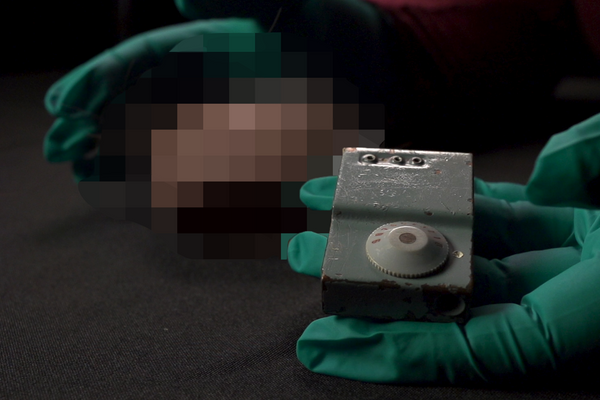

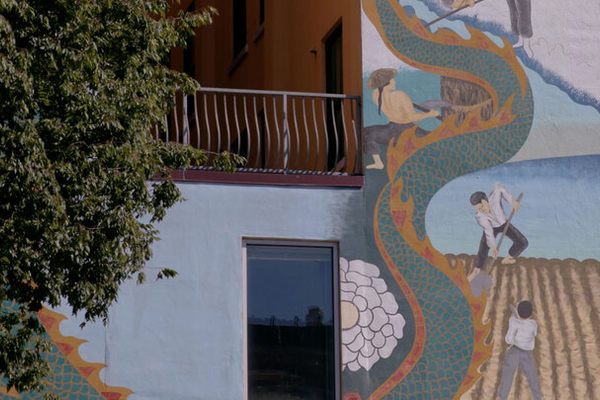


Follow us on Twitter to get the latest on the world's hidden wonders.
Like us on Facebook to get the latest on the world's hidden wonders.
Follow us on Twitter Like us on Facebook